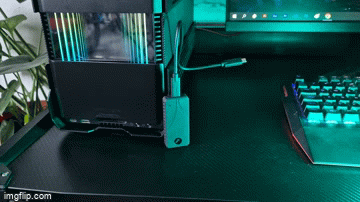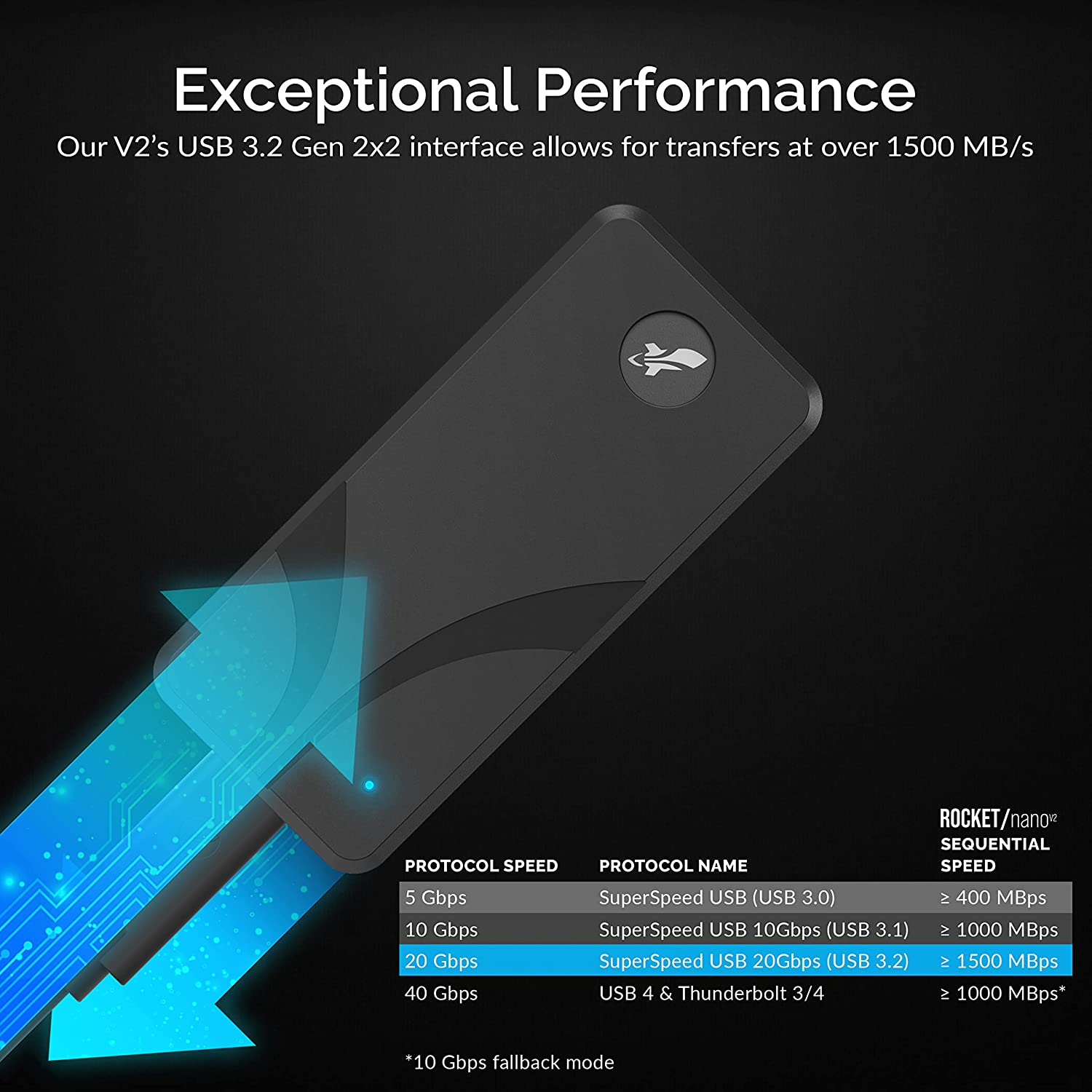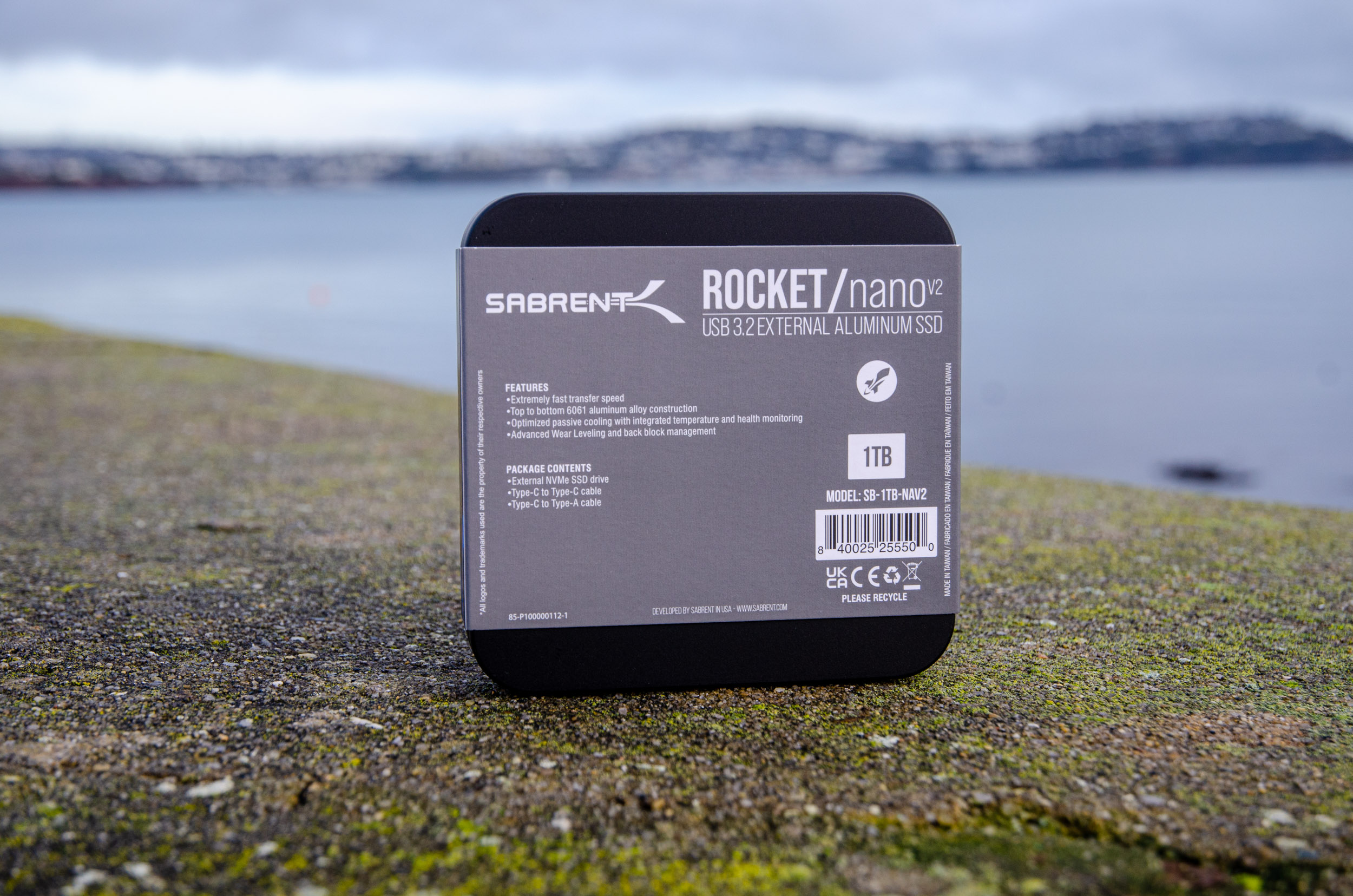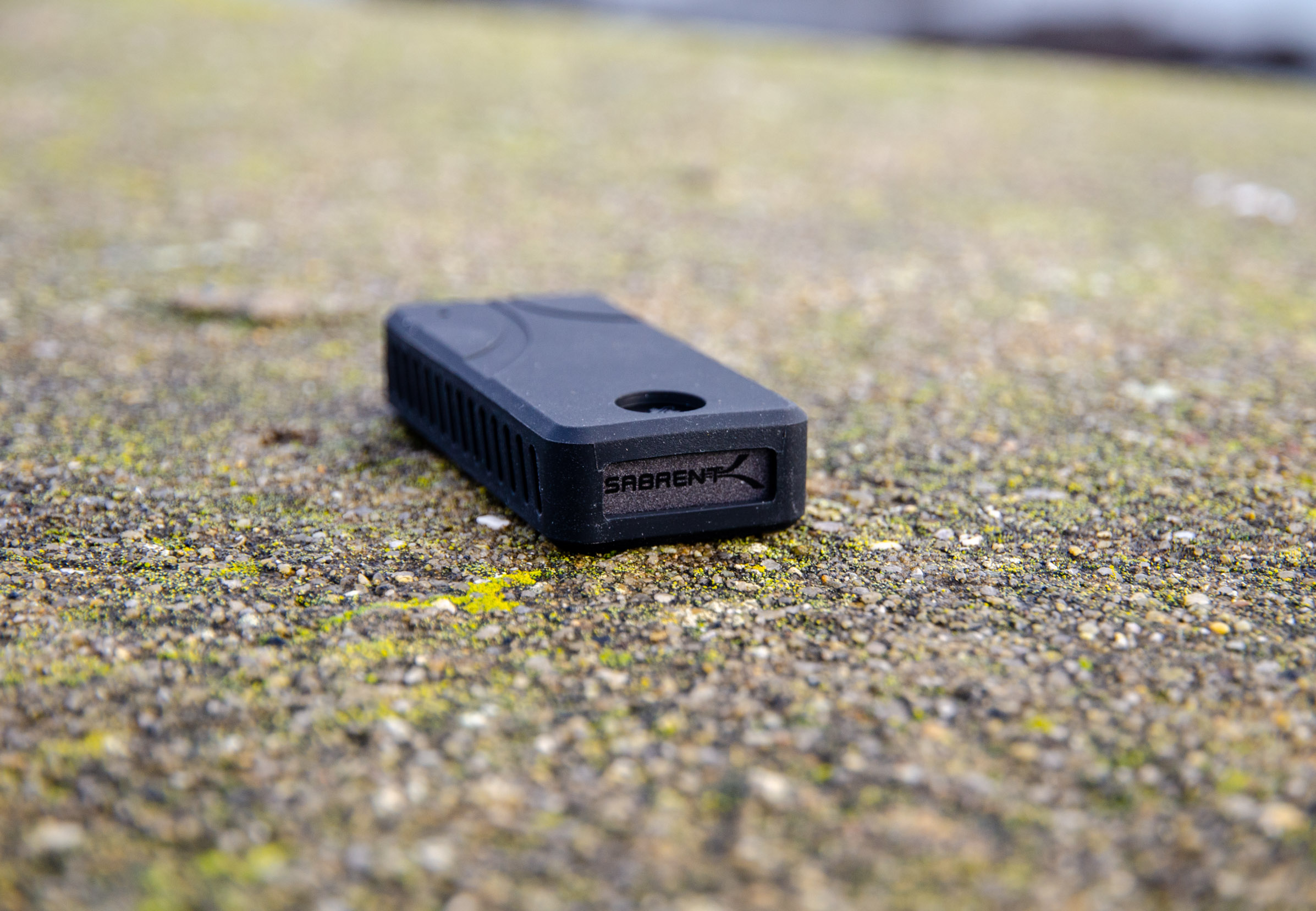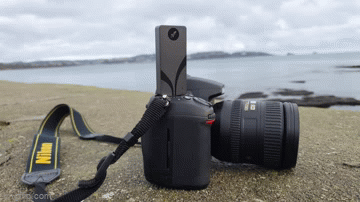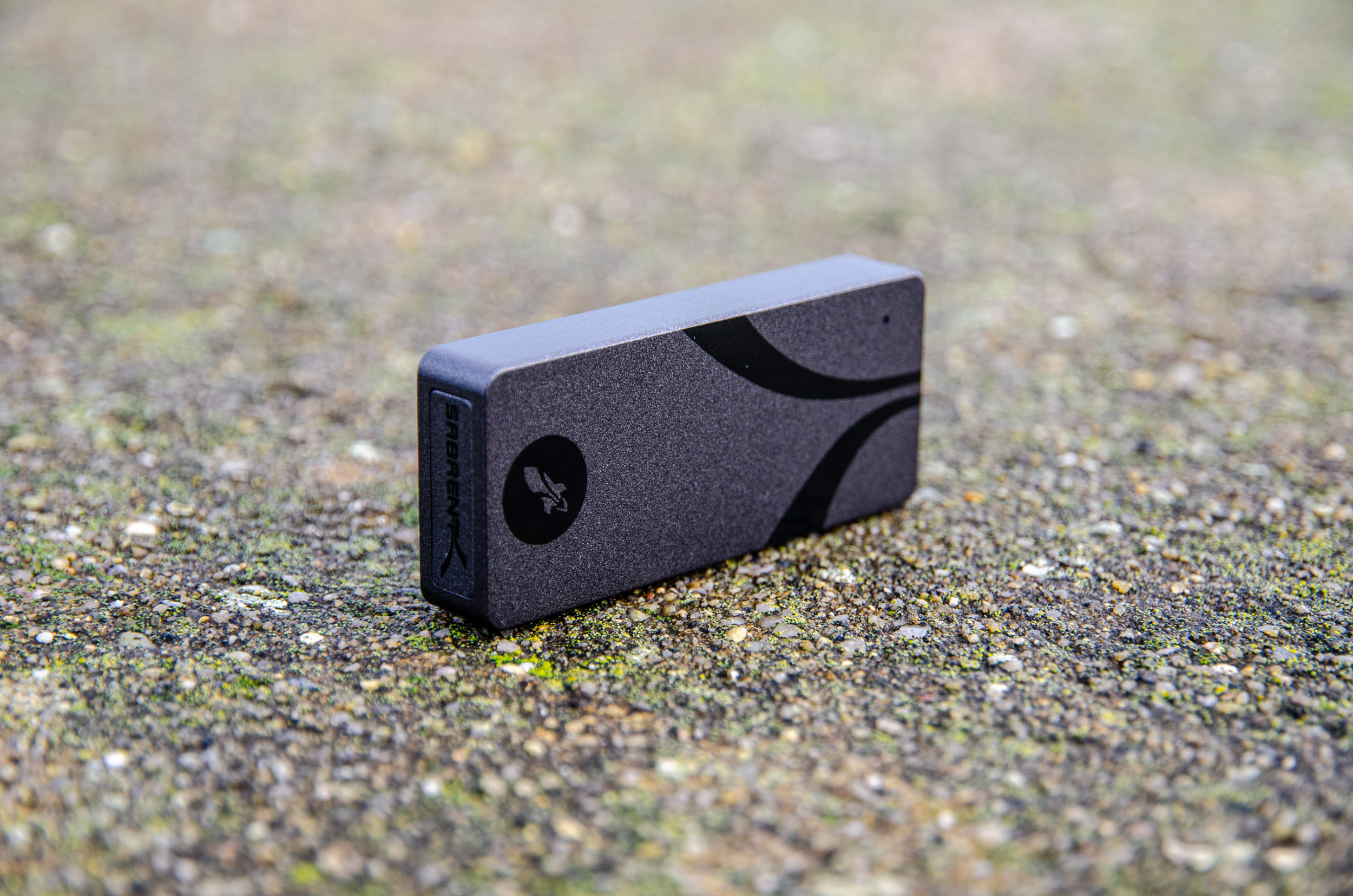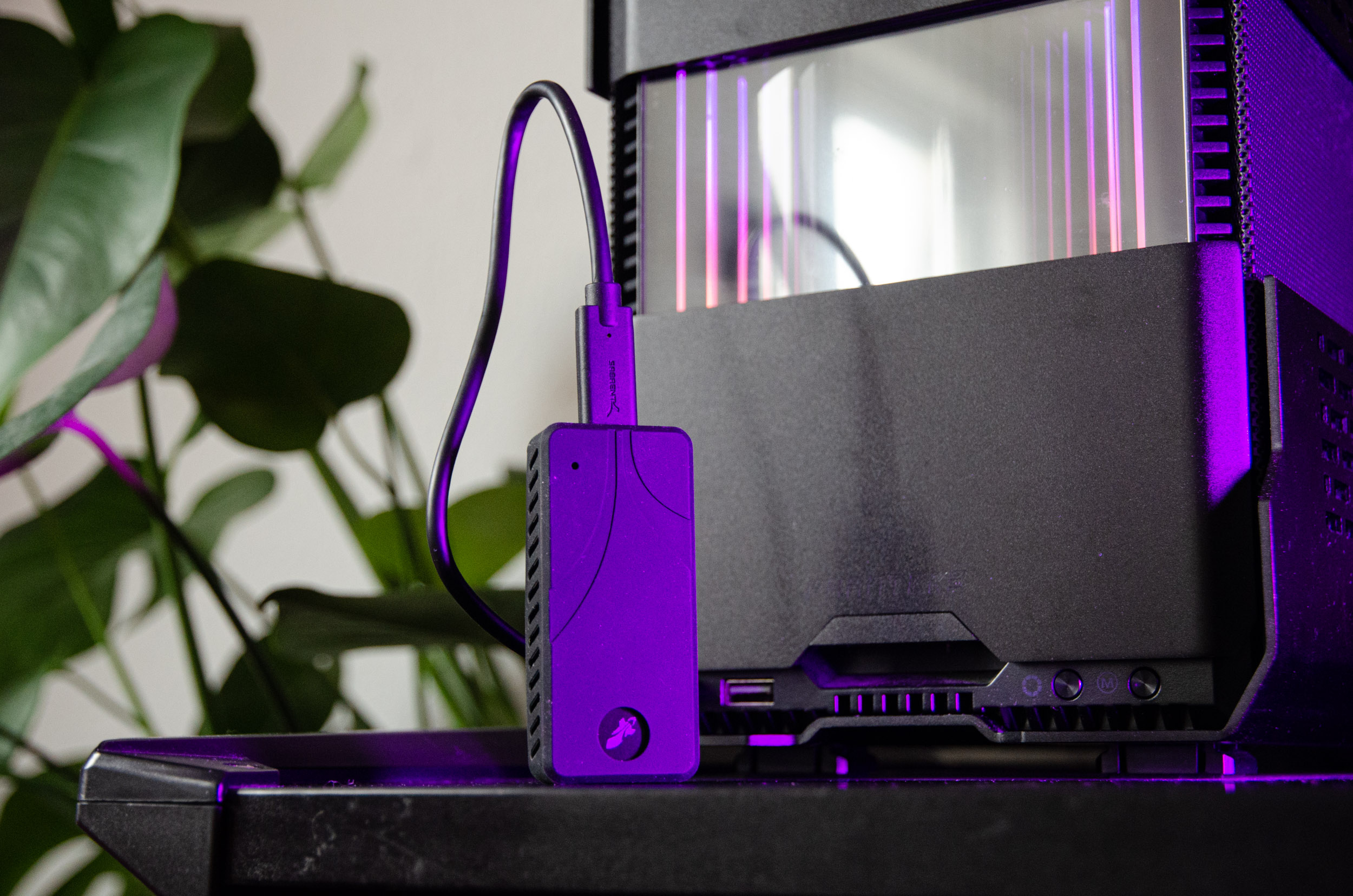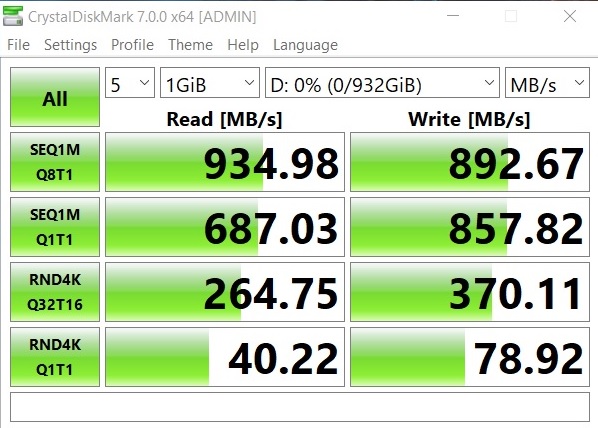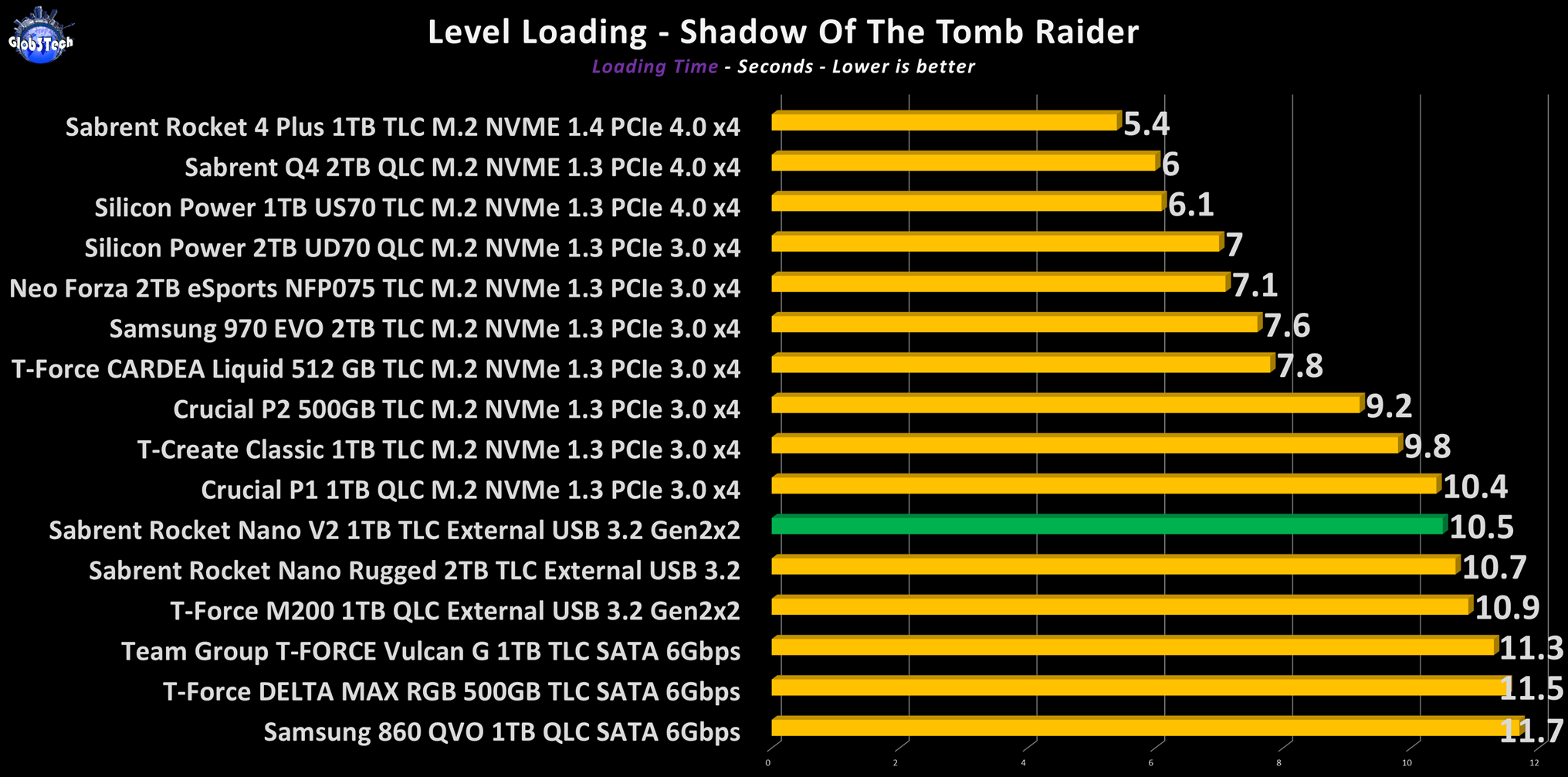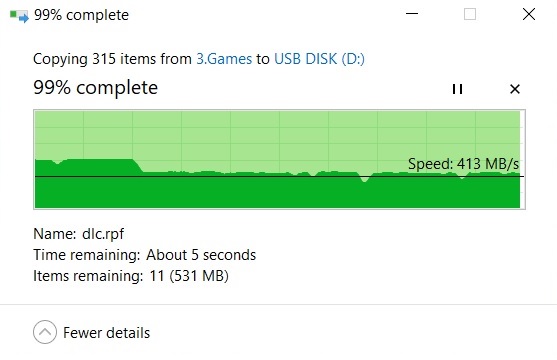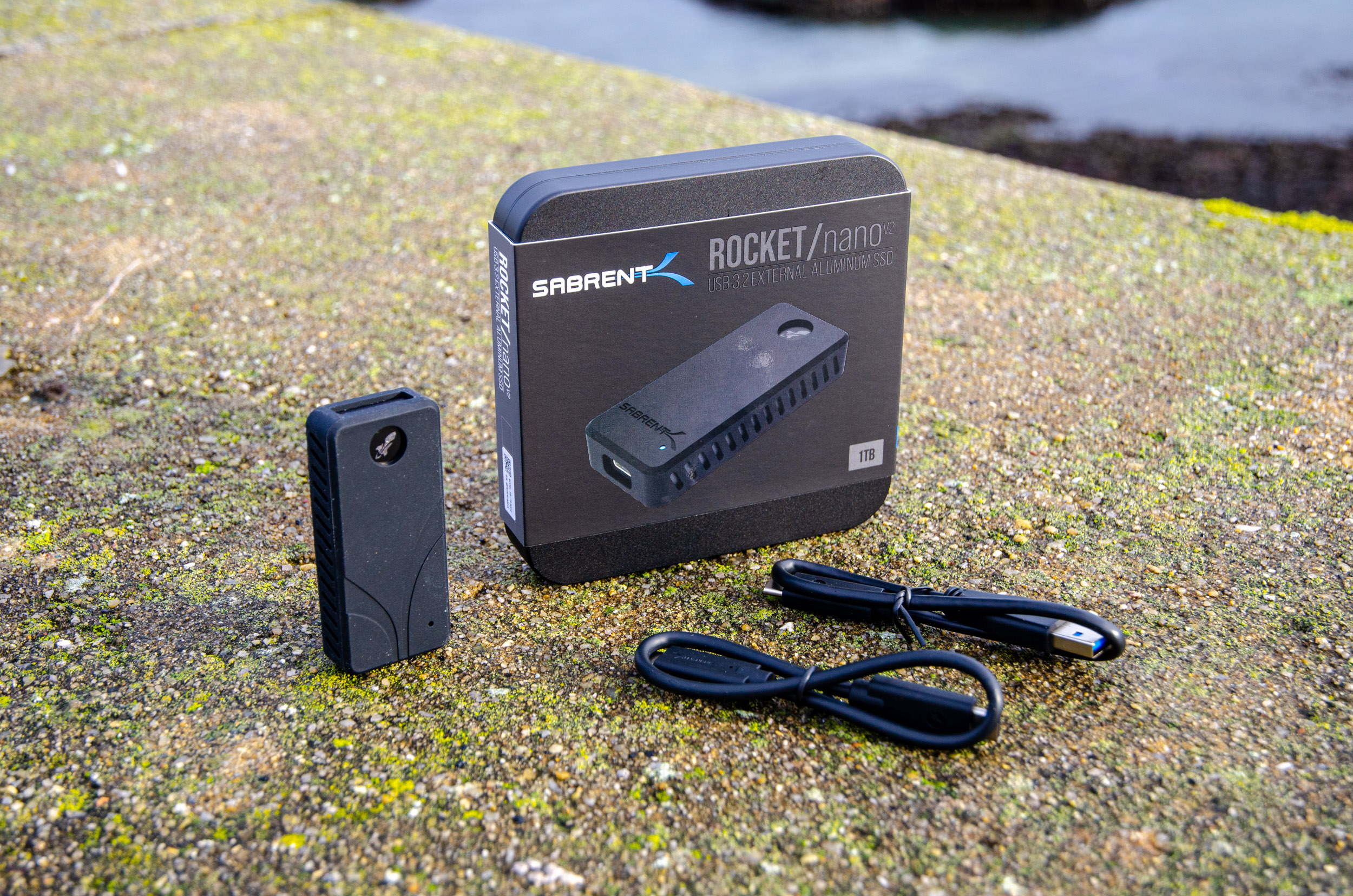
Both Intel and AMD have recently released plenty of new hardware which include the newer and ludicrously fast protocols like PCI-E Gen 5.0 and USB4. But these are available on the top tier motherboards and we still have to catch up on the mainstream platforms with the extremely confusing USB 20 Gbps ports (USB 3.2 Gen2x2) which were the maximum available for external drives, besides Thunderbolt.
Thus today we are looking at Sabrent‘s newest 20Gbps external enclosure, the Rocket Nano V2, the follow up to the previous Nano series.
Sabrentâs commitment is to offer the latest technology and the highest quality consumer electronic products at an affordable cost to everyone. Since its founding, Sabrent has consistently delivered to market a full line of computer peripherals and accessories that incorporate style, quality and the latest technologies available.
Prices and Availability
The Sabrent Rocket Nano V2 line-up consist of 3 different size options to choose from, with models from 1TB, 2TB and 4TB. Our test sample retails for $119.99 on Amazon.com which is great value for money considering its specs.
Highlights and Specification
*Courtesy of their website.
* Burst transfers over 1500 MB/s with sustained performance capable of smooth 8K video recording.
* Transfers over USB 3.2 Gen 2×2 interface for maximum speed.
* Constructed of aluminum with an external silicone sleeve for ruggedness in all conditions.
* Lightweight and portable.
* High-endurance flash and wear management.
* Includes both Type-C to Type-A and Type-C to Type-C cables for flexibility.
* Compatible with a wide range of devices with USB backward compatibility.
* The native UFD controller additionally assures minimal compatibility issues.
Specs:
* Model - SB-1TB-NAV2
* Interface - USB 3.2 Gen 2×2 Type-C
* Controller - Phison PS2251-18 U18
* NAND - 128-layer SK Hynix V6 TLC
* USB Bridge - Integrated/Custom
* DRAM - (none)
* Capacity - 1024 GB (or 2TB / 4TB )
* Internal - Custom PCB platform w/ PCIe 3.0 x4, NVMe
* Dimensions - 2.85 x 1.28 x 0.57 in.
* Weight - 1.76 oz.
* Warranty - 3-year warranty (with registration)
* Cables provided 1x USB-C + 1x USB-A
Visual Inspection
Sabrentâs customary metal enclosure for all of their storage devices, is also present here. It even matches the SSD inside with its darker theme. Thus branding is excellent and all of the most important specs are easily visible on both sides.
Remove the outer sleeve to access the case. The cables reside in their own section while the Rocket Nano V2 external SSD is proudly presented in its foam padding.
You get two Sabrent branded cables, one is Type-C to Type-C while the other is Type-C to Type-A.
The Rocket Nano V2 external SSD come with this protective silicone outer case, that has plenty of cut-outs on all sides. That small front one is for the activity LED, for example.
This is the Type-C USB port that will offer you up to 20 Gbps if you have a free USB 3.2 Gen2x2 port. This is achieved thanks to the custom inner NVMe M.2 2280 SSD platform. A Phison PS2251-18 U18 controller takes care of the communication to the 128-layer SK Hynix V6 TLC NAND cells. Unfortunately the port is not protected to the elements.
This drive is extremely small and compact even with its protective sleeve on.
As you can see this even matches the driveâs front design elements. Furthermore, the Rocket Nano V2âs case is made from high quality aluminium.
Letâs get indoors and test it out.
The activity white LED will flash when the drives is being used, otherwise it will be off.
Testing methodology
* The external Sabrent Nano V2 SSD was connected to the native USB 3.2 Gen2 Type-C port of the ASUS B550-I STRIX motherboard which is capped at 10Gbps (up to 1250 MB/s) and to properly test the 20 Gbps output, you require a PCI-E x4 adapter (which we used on our secondary test machine) if your motherboard doesnât have the full Gen2x2 port.
* Synthetic and real life big file transfer tests - a game folder of 119GB of mixed files and a single 5.4GB .mkv video file to test the burst speed and the SLC cache if present.
* All SSDs were secure-erased before our tests started
* Between tests, drives are left idle for 1 minute to allow them to flush and reorganise their internal data.
* Steps have been taken to ensure that the CPUâs power-saving features donât interfere with any of our results. All of the CPUâs low-power states have been disabled.
* In order to minimise random variation, each of the real-life performance tests are run a few times with reboots in-between tests to reduce the impact of disk cache.
* (SATA SSDs only) Make sure you use a SATA 6Gbps capable motherboard and a matching cable to avoid bottle-necking. Then double check in the BIOS that you have the AHCI mode activated for another maximum performance tip.
* For the Gen4 x4 M.2s, you have to make sure you have a compatible motherboard that accepts and delivers the new bandwidth. Otherwise, it will work only in Gen3 x4 mode.
* For AMD users, make sure you update your motherboard chipset drivers from here.
Hardware used:
- PCI-E x4 USB 3.2 Gen2x2 adapter card Silverstone ECU06
- CPU: AMD Ryzen 5 5600x
- CPU Cooling: Alpenföhn Glacier Water High Speed
âder8auerâ 240 mm AIO RGB
- Motherboard: ASUS ROG STRIX B550-i Gaming mITX @ BIOS 2803
- Boot SSD: Samsung 970 PRO 1TB M.2 Gen3x4 MLC PCIe NVMe 1.3
- Video card: ASUS GTX 1080 STRIX A8G
- PSU: Corsair SF750 SFX Platinum
- Case: Phanteks Evolv Shift XT ARGB mITX
Competition SSDs:
- Sabrent Rocket 4 Plus 1TB TLC M.2 PCIe NVMe 1.4 Gen4x4
- Sabrent Rocket Nano Rugged 2TB USB 3.2 Gen2 TLC External
- Samsung 970 EVO Plus 2TB TLC M.2 PCIe NVMe 1.3 Gen3x4
- Samsung 860 QVO 1TB QLC SATA 2.5″
- Crucial P1 M.2 1TB QLC PCIe NVMe 1.3 Gen3x4
- Crucial P2 M.2 500GB TLC PCIe NVMe 1.3 Gen3x4
- Team Group M200 1TB QLC USB 3.2 Gen2x2 External”
- Team Group T-Force DELTA MAX RGB 500GB TLC SATA 2.5″
- Team Group T-Force Vulcan G 1TB TLC SATA 2.5″
- Team Group T-Force Cardea Liquid 512GB TLC PCIe NVMe 1.3 Gen3x4
- Team Group T-Create Classic 1TB TLC PCIe NVMe 1.3 Gen3x4
- Silicon Power 1TB US70 TLC M.2 PCIe NVMe 1.3 Gen4x4
- Silicon Power 2TB UD70 QLC M.2 PCIe NVMe 1.3 Gen3x4
- Silicon Power 1TB A80 TLC M.2 PCIe NVMe 1.3 Gen3x4
- Silicon Power 1TB A60 TLC M.2 PCIe NVMe 1.3 Gen3x4
- Neo Forza eSports NFP075 2TB TLC M.2 PCIe NVMe 1.3 Gen3x4
Software:
- Windows 10 Pro x64 Version 22H1
- HD Tune Pro v5.70
- ATTO v4.01
- Crystal Disk Mark v7.0.0
- HWMonitor v1.43
Testing, Results and Analysis
HD Tune Pro â which is a hard disk / SSD utility with many functions. It can be used to measure the driveâs performance, scan for errors, check the health status (S.M.A.R.T.), securely erase all data and much more. These results are on the 10 Gbps port and thus the results will reflect this in all of the upcoming tests.
Moving to the next utility - Crystal Disk Mark â this one is designed to quickly test the performance of the drives. These charts also include the tests with the PCI-E x4 adapter card.
To conclude the synthetic tests, here is ATTO which is another performance measurement tool to test any manufacturers RAID controllers, storage controllers, host bus adaptors (HBAs), hard drives and SSD drives. This one just reconfirms the numbers from the previous test.
Taking into consideration that this Rocket Nano V2 even at 1TB, will make an excellent external gamesâ library (like Steam etc), letâs see how are the loading times when compared to internal mounted drives.
The final practical test revolves around some real life copy tests. First, we will copy to the SSD a single 5.4GB .mkv video file to test the burst speed followed by a big 119GB installation folder from the Red Dead Redemption 2 game. Apparently the SLC cache on this model is around 24GB which is reserved for random writes. Since the SSD has TLC cells, it can afford to have a sustained write capability, as you can see from the flat average writing speeds, even in large mixed data transfer.
Regarding the operating temps, the Nano V2 behaves really well (barely touching mid 40s degrees C) because the M.2 drive inside is basically surrounded by an all aluminium cage, which in turn makes the whole unit act like a big heatsink.
Finally, using a Silverstone PCI-E x4 USB 3.2 Gen2x2 adapter card, we at last see the Sabrent Nano V2 performing to its maximum advertised writing potential.
Conclusion
This Sabrent Rocket Nano V2 external enclosure is a logical evolution over its previous series, because now it features the upgraded bandwidth of 20Gbps (to avoid writing the confusing ‘USB 3.2 Gen2x2â naming scheme). Then the excellent combination from the SK Hynix cells and the Phison U18 controller, all of which are on a custom/hybrid PCB, they manage to provide, as advertised, great sustained writing speeds. It will not set records of peak absolute numbers, but thanks to its TLC native cells, it will always have an upper hand over QLC equivalent drives. Finally, taking into consideration its tiny footprint and high portability, well, this is an absolute best bang for buck product!
The good:
+ Excellent sustained write speeds due to excellent TLC cells and Phison U18 controller
+ Outstanding build quality
+ Highly compact and with a protective case
+ Really good value for money
+ Excellent product presentation and packaging (metal case)
The bad:
- Weird ‘fall-backâ / down-throttle mode on USB4/Thunderbolt 3 and 4
- Be a while until most mid-tier motherboards will have USB 20Gbps ports as standard, or consoles - thus, will require a PCI-Express x4 add-in card, if youâre motherboard has a spare x4 slot
- No IPX rating, or at least a removable cover from the rubber case
Glob3trotters “Great Value!” Award 4.5 out of 5


